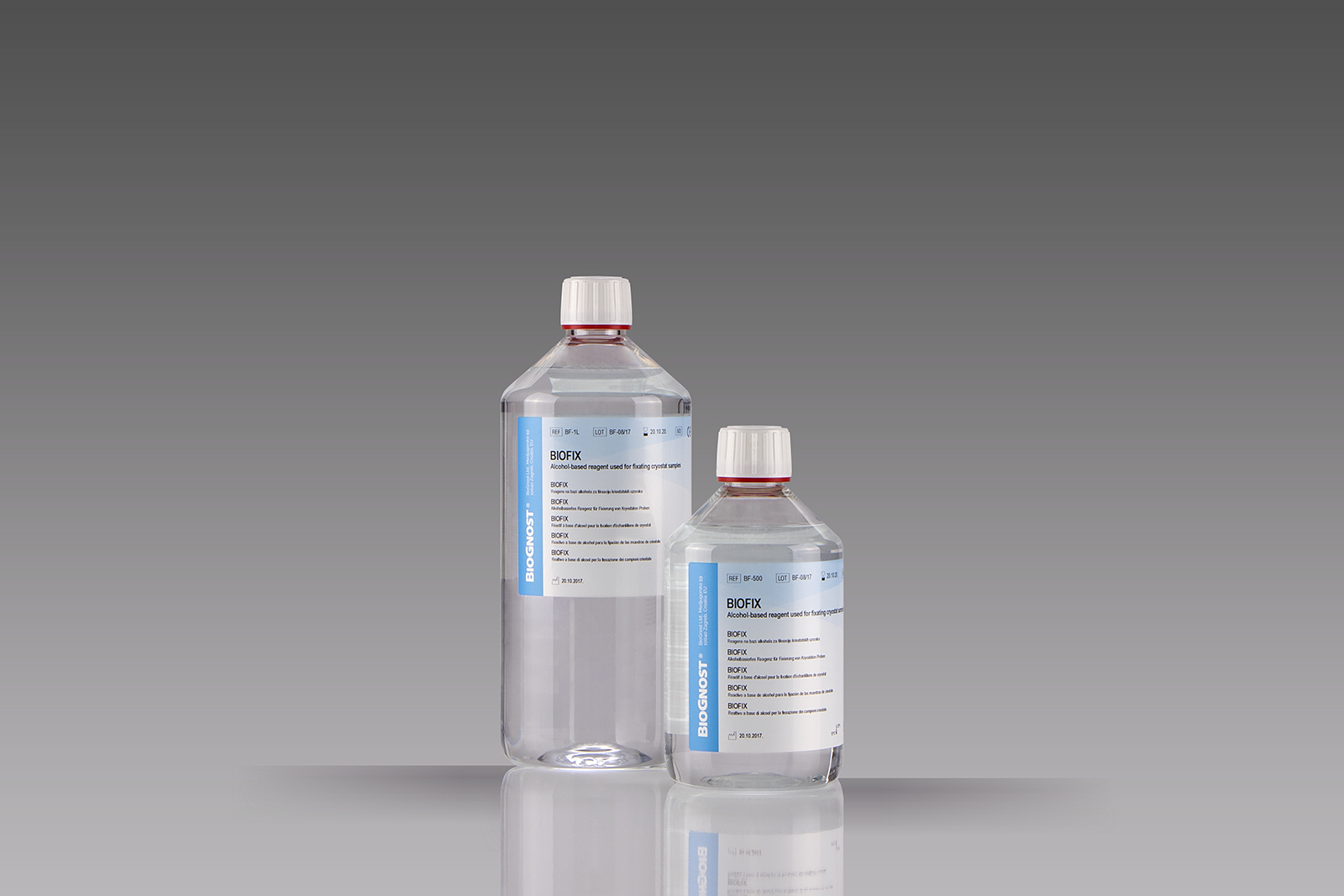Introduction
Frozen tissue samples are often used when there is a need for fast diagnosis or when visualization of antigens sensitive to aldehyde fixation and prolonged processing is needed. In general, frozen sections enable much better antigen preservation compared to the paraffin sections because they do not include excessive fixation and prolonged tissue processing, that way leaving the antigens in their native form. When the sample is prepared in an appropriate manner, the sample’s tissue morphology is at a high level, but cannot be compared to the paraffin samples because of longer exposition to fixative. Creating sections of cryostatic samples is technically challenging, especially in cases of calcified tissues or tissues containing higher levels of lipids.


